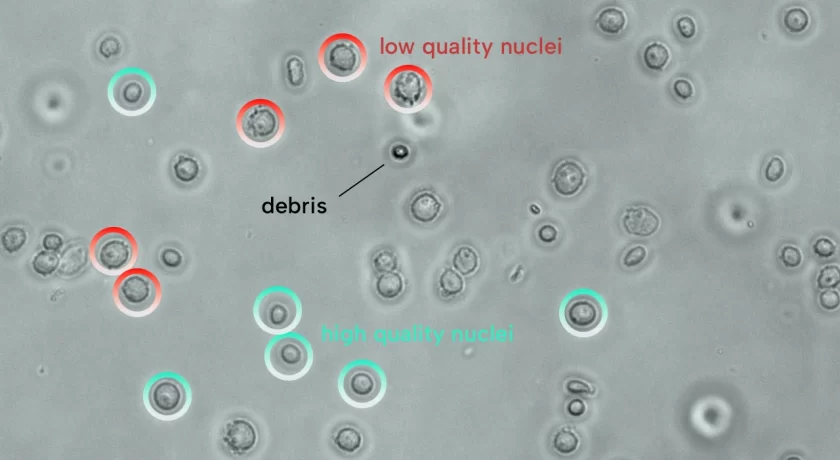
We are proud to present our contribution to the paper An Organoid‐derived Bronchioalveolar Model for SARS‐CoV‐2 Infection of Human Alveolar‐type II‐like Cells, published in EMBO Journal last week.
COVID-19 patients can develop life-threatening acute respiratory distress syndrome (ARDS), resulting from a cascade of events triggered by alveolar injury. However, representative in-vitro models to study SARS-CoV-2 virus-host interactions in the alveolus are currently lacking.
In a collaborative study between the Hubrecht Institute, Erasmus University Medical Center Rotterdam, Maastricht University, and Single Cell Discoveries, an organoid-derived bronchioalveolar model was developed to study alveolar response to SARS-CoV-2 infection.
This bronchioalveolar 2D model, derived from self-renewing lung bud tip organoids, exposes the cells’ apical side to the air. Since virus infection and shedding occurs at the apical side, this model is easily accessible and suitable for virology studies.
This was confirmed by the observation that SARS-CoV-2 efficiently replicates in this model and induces a type-I/III interferon host response. In addition, treatment with interferon lamda 1 effectively reduced viral replication and dissemination, indicating the model can also be applied in drug screens.
So, how did we apply (single-cell) RNA sequencing?
Using bulk and single-cell mRNA sequencing, we were able to characterize the bronchioalveolar model. Differential gene expression analysis on bulk RNA sequencing data indicated the presence of both alveolar-like and bronchiolar-like cells.
To further characterize the cell types’ diversity and frequency, we performed single-cell mRNA sequencing using the 10x Genomics Single Cell Gene Expression solution. This revealed a large alveolar-like cluster, which primarily contained ATII-like cells.
Comparison of the model with previously published bulk and single-cell sequencing datasets of adult ATII cells confirmed the model represents adult alveolar cells.
In addition, expression of the ACE2, the SARS-CoV-2 entry receptor, was detected, indicating the model was potentially susceptible to SARS-CoV-2 infection.
After the models were successfully infected with SARS-CoV-2, bulk mRNA sequencing was performed to determine gene expression changes induced by SARS-CoV-2 infection, revealing the induction of type I/III interferon response program.
We are proud of our contribution that allowed for detailed characterization of the model and study of the host response to SARS-CoV-2 infection.
Click here to read the full paper.


